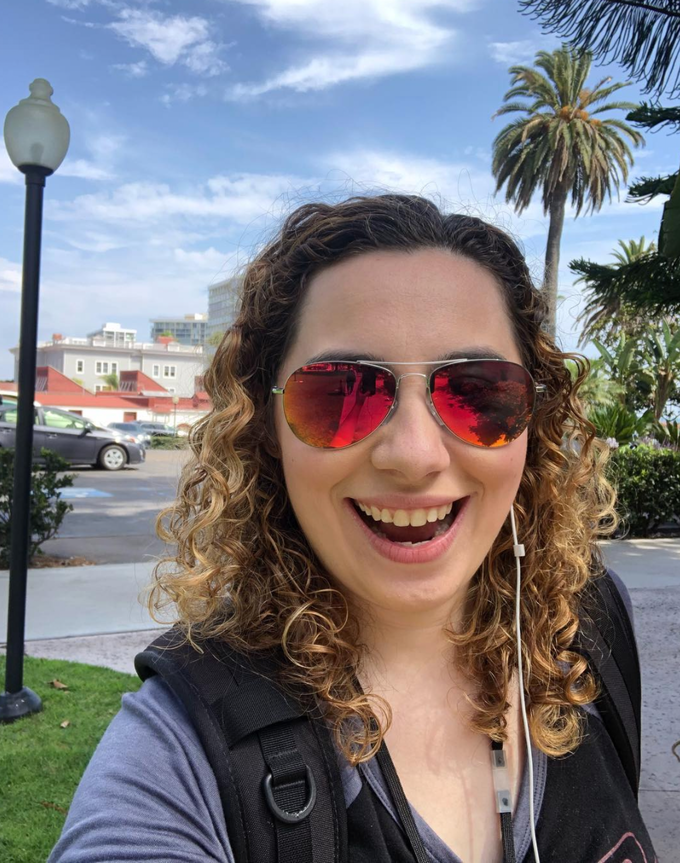The Kent State shootings revisited as "a cautionary tale" in today's times by Derf Backderf
The author of My Friend Dahmer revisits the tragedy at Kent State for lessons and untold stories relevant to today
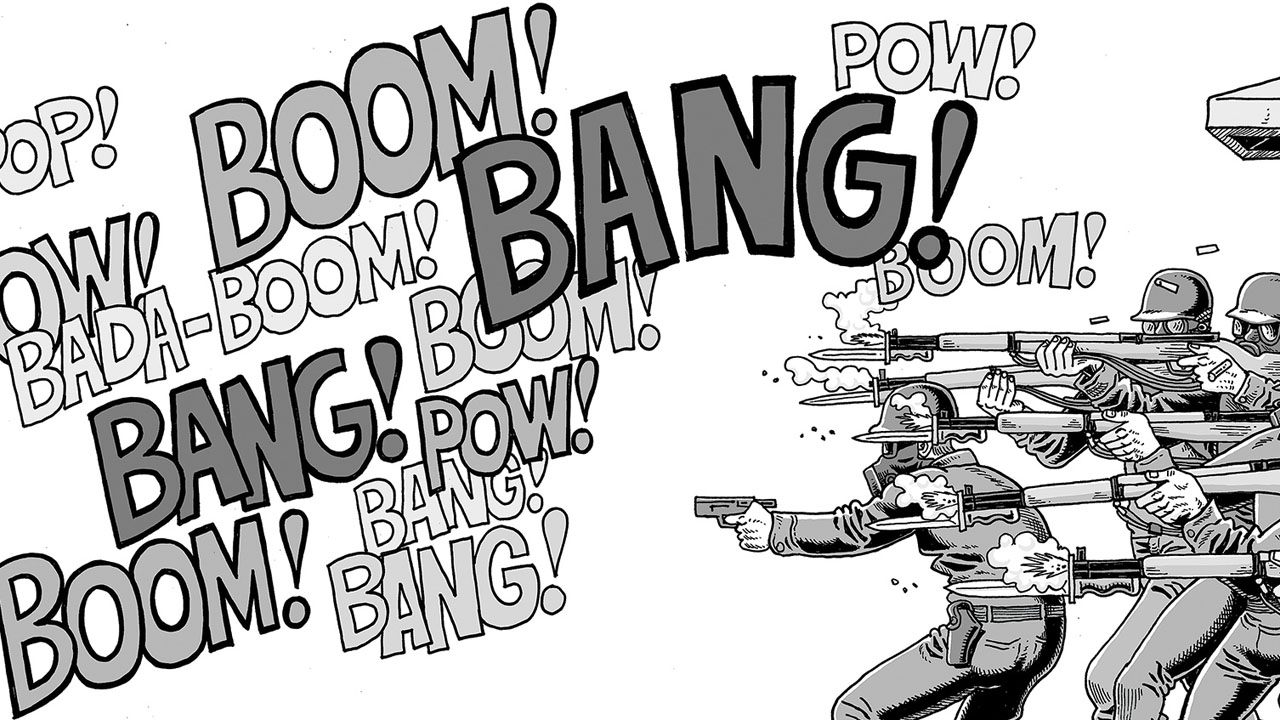
On May 4, 1970, four unarmed students were killed and nine others were wounded when the Ohio National Guard opened fire on a peaceful protest of the Vietnam War at Kent State University in Kent, Ohio.
The incident - which has become known as the Kent State Massacre - has over the decades emerged from the Vietnam era as a watershed moment, with images of the fallen students circulating across the world and changing the overall public stance on protests and the use of military forces within a country's own borders on its own citizens.
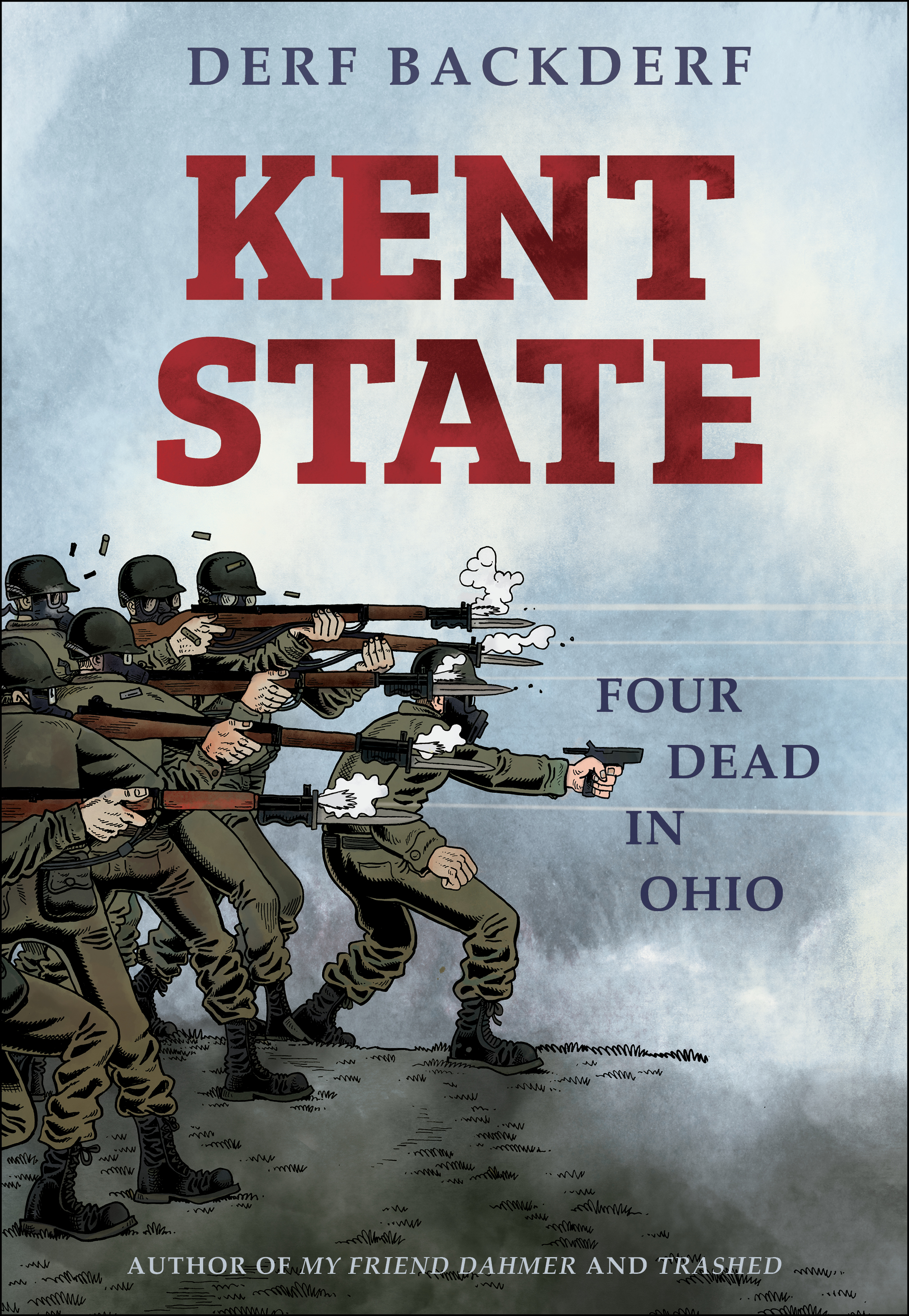
Issues that have become newly relevant today.
Derf Backderf, the American cartoonist behind the critically acclaimed graphic novel My Friend Dahmer, uses his journalistic skills to pen a new non-fiction OGN, Kent State, with untold stories from the students who were on campus and witness to the tragedy.
Published by Abrams Books, Kent State hits comic book stores and bookshelves September 8. Ahead of that release, Newsarama spoke with Backderf about his new title. We discuss his research for the project, how distance and time helped bring the book to life, and his personal connection to the Kent State shooting.
Newsarama: Derf, to jump right in, the solicits mention that you were 10 years old when you remember guardsmen walking up and down the streets around the time of the shooting. As a child, how were you affected by this and the overall events of the Kent State Shooting?
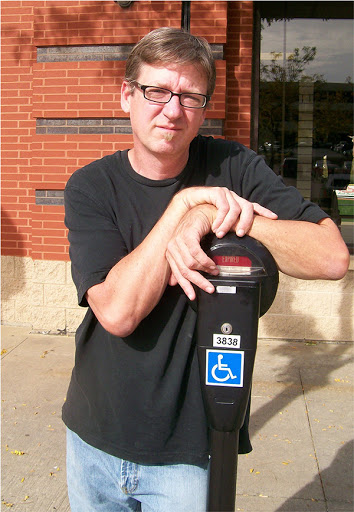
Derf Backderf: It affected me profoundly. Having your hometown suddenly come under military occupation will do that. The Guard camped right across the field from my grade school. Their tents were pitched on my soccer field! Yeah, it really shook me.
Comic deals, prizes and latest news
Get the best comic news, insights, opinions, analysis and more!
I had grown up with the great crises of the day. The Vietnam War was tearing the country apart, but there had always been a Vietnam War, as far as I was concerned. I don't recall a time when there wasn't. Same for cities in flames and campuses wracked with protests.
So, there was a certain kid indifference to these things, as opposed to the adults who had seen them take shape and knew it wasn't the norm. The Guard taking over my hometown popped that bubble. It would have happened eventually anyways, but that's the thing that did it.
So, after the shootings, by those same Guardsmen, I started to take an interest in the news for the first time and slowly inching my way toward the real world. That curiosity grew into an area of study, then a newspaper career. My first incarnation in comics was as a political cartoonist. In my mind, it's a straight line back to Kent State. I know that sounds obnoxiously precocious, but I have political cartoons I drew in 1970 about the Guard! That's how the great events in history work. They affect people, even kids. And this is why I've carried around this story with me ever since, following every new development. It's been a lifelong obsession.
Nrama: Recounting a story from 1970, how do you feel the Kent State Shooting connects to today's political climate?
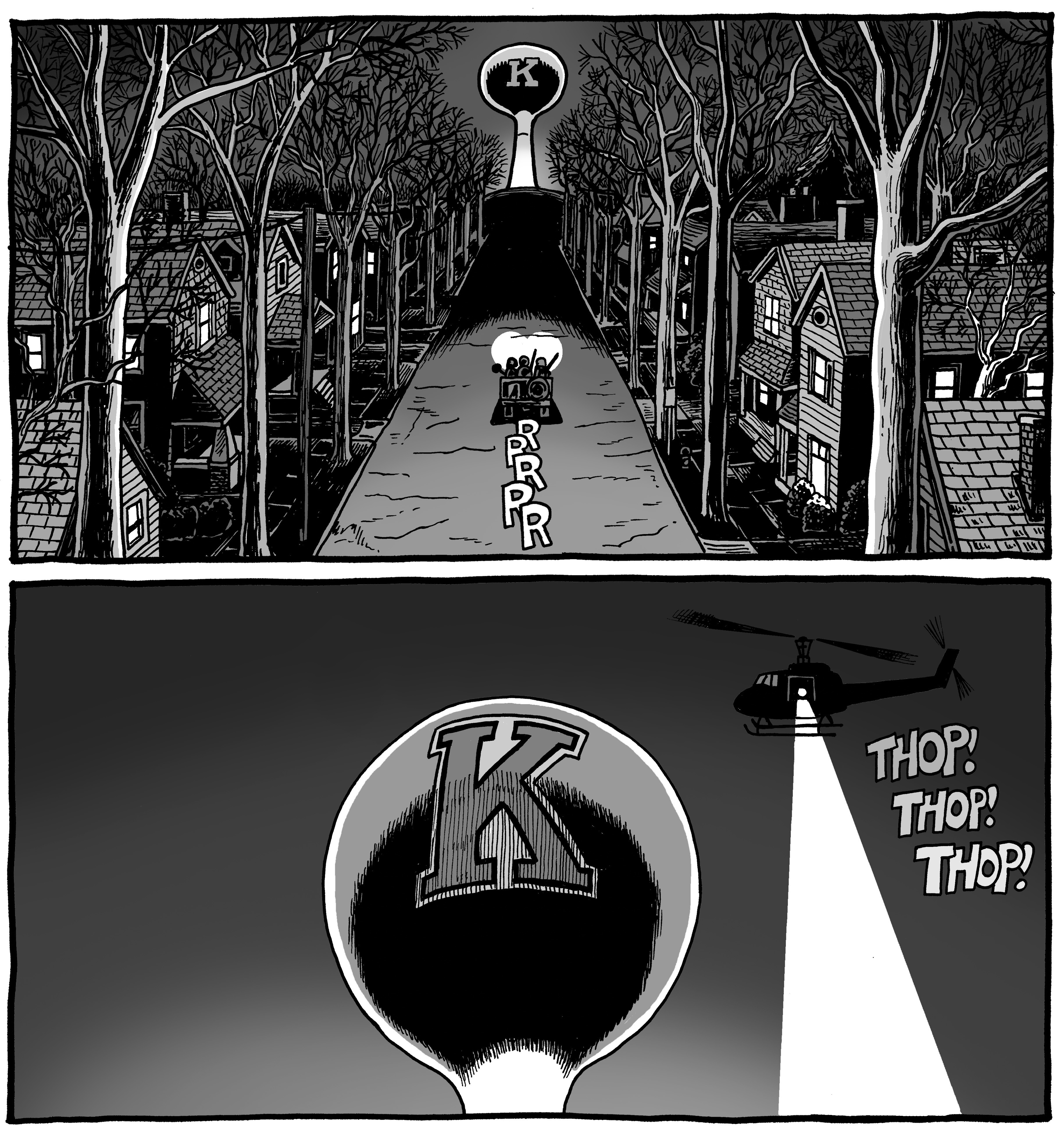
Backderf: The similarities are chilling. The partisan rancor, the protests, the crackdown by cops, the national crisis (Vietnam then, the pandemic now), Donald Trump's similarity to Richard Nixon, everything. We've circled back around to 1970, one of the worst years we ever had, and apparently leaned little as a society along the way.
2020 is its own unique brand of hell, of course.
Kent State is a cautionary tale. When we threaten those in power, truly threaten them, the result is usually bloody and tragic.
Nrama: An already controversial topic, how did these shootings affect America's collective consciousness about our country's involvement in the Vietnam War?
Backderf: Well, the immediate aftereffect was a huge flow of support to Nixon.
In a Gallup poll taken shortly after the massacre, nearly 70% said they supported the Guard's actions! Now, few of the details and secret machinations were known at that point, true, so this was just a knee-jerk reaction to the violent student protests that were dominating headlines.
The war itself was already lost by 1970. Everyone knew it. Nixon and the Pentagon knew it. The troops in Vietnam knew it all too well. What Nixon was most concerned with was how the timing of withdrawal would best suit his reelection.
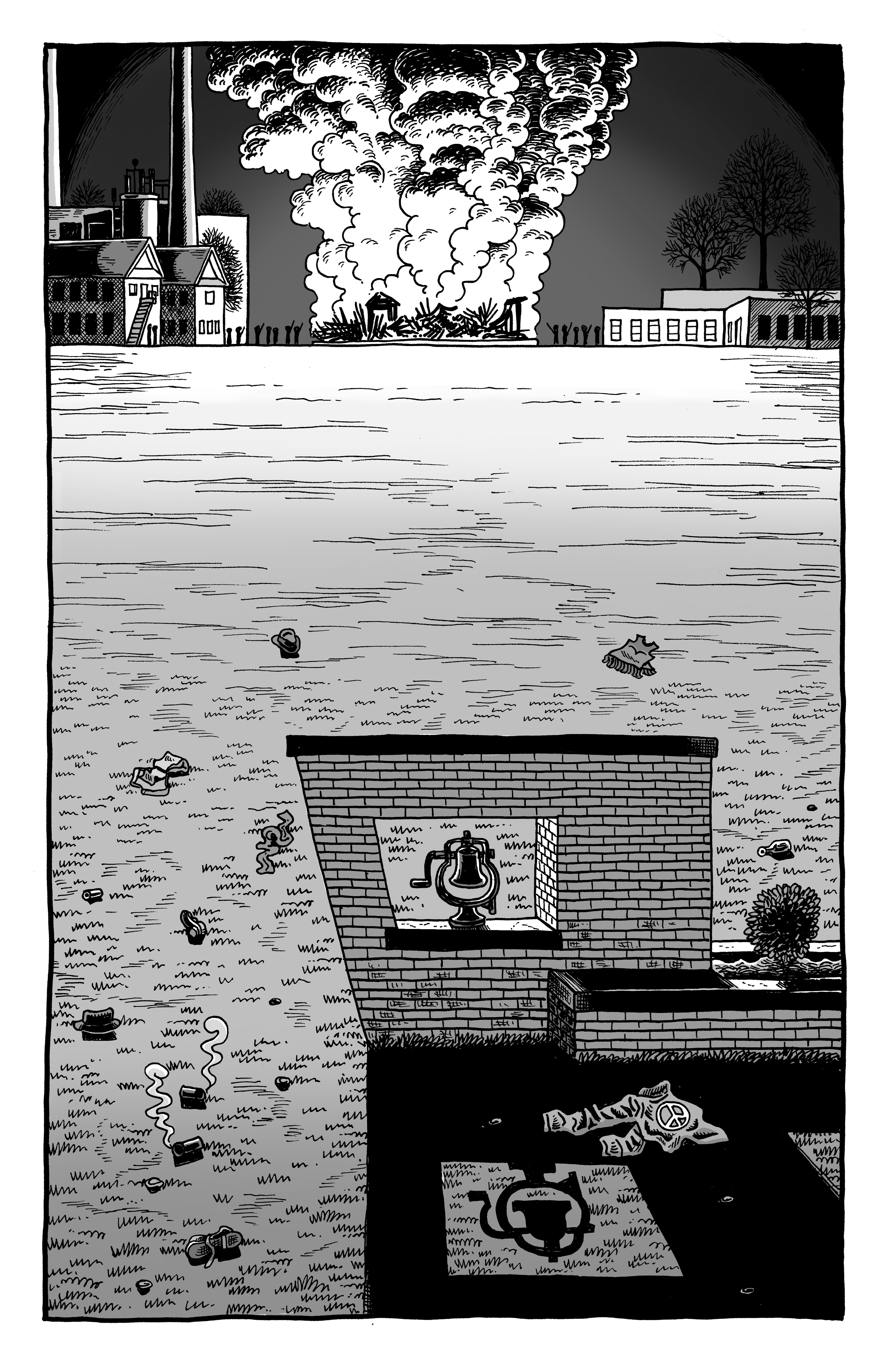
Mass protests continued for another year or so, but not big campus protests, not after Spring 1970. Over 400 colleges were forced to close in the weeks after the Kent State Massacre. The entire higher ed system came to a screeching halt.
But when school resumed the following fall, Kent State definitely had a chilling effect on further student protests, especially once U.S. forces started to pull out and the threat of being drafted and shipped off to die in the jungle waned. A lot of 20 somethings thought, 'Yeah, I'm opposed to the war, but do I want to die to protest it?'
As you know from the book, Nixon was gleeful over this unexpected benefit of the shootings. The Pentagon certainly learned that lesson, too, and we've never had a draftee war since, even though we've been constantly at war for decades.
The longterm effect of Kent State is what you see playing out right now with the Black Lives Matter protests. After 1970, the authorities spent decades, and billions of dollars, developing and deploying crowd-control weaponry to better deal with mass protests. Today, law enforcement has a vast array of non-lethal armaments, from body armor to a wide variety of gas to armored vehicles to sound cannons to surveillance drones. It's stunning, and deeply disturbing, how much has been poured into controlling our own citizens.
That's, sadly, the lasting legacy of Kent State.
Nrama: What went into researching for this project?
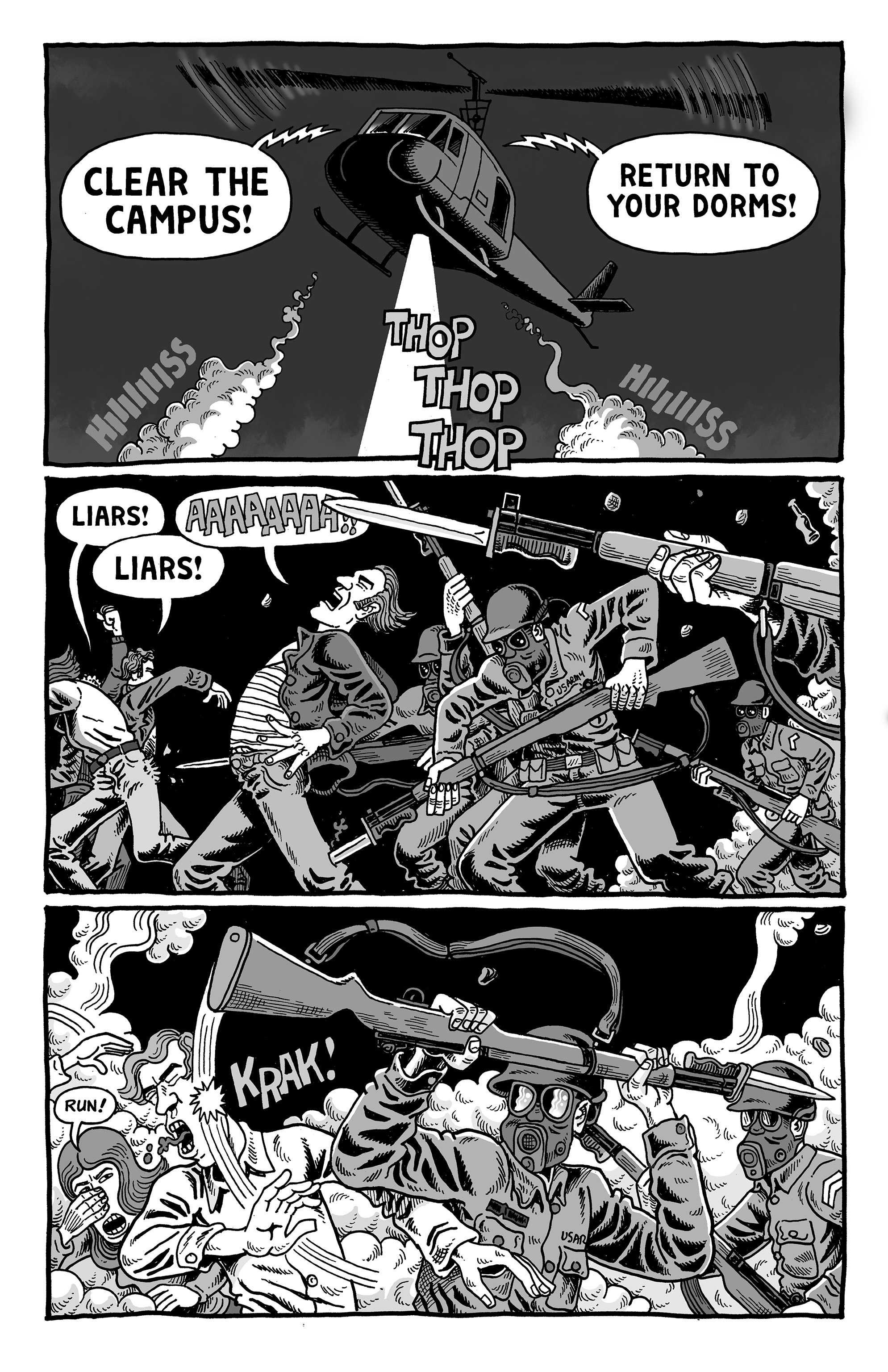
Backderf: It was four years of research, digging through archives, and court testimonies, police and government reports, news accounts, and the like. There was a lot of visual research, because I'm recreating Kent State 1970, which is a very small window in time and a college campus, and a college town, changes a lot.
Kent isn't far from Cleveland, where live, so I made dozens of trips there to sketch and take reference photos. I did a lot of interviews, focusing on people who knew the four kids who were cut down on May 4.
The book tells the story through the eyes and experience of those four. It's a unique and very personal perspective.
Nrama: The book is promoted as the untold stories of the Kent State shooting. What was some information you were able to obtain with your research/interviews?
Backderf: There are a few things that no one else has, but I don't want to give those away.
Most of the many books written about the shootings are from the first few years after they occurred, and are infused with the politics of the day. I have the advantage of historical clarity. There was also a cover-up and many aspects of the event were kept secret in that first decade. A lot of those have come to light since, so those revelations are in the book.
What really sets this book apart is, of course, the power of comics.
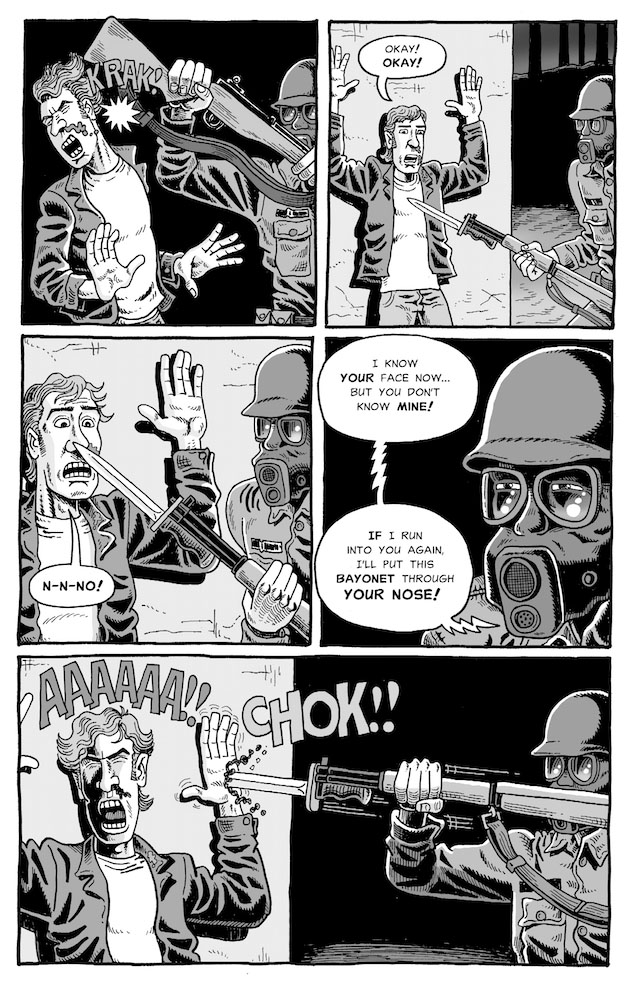
The full story of Kent State has never really been told visually before – there was one bad TV movie in 1980 and that's it – and comics fans know how effective visual narrative is. There are many iconic photos from May 4, of course, some of the most powerful images of the era, but that's not narrative like comics.
In comparison to other books, I show what happened, rather than just describe what happened. That's why documentary comics have become so popular, not that we don't still run into the old tiresome attitudes about comics. In fact, I got into it online with a news photographer of the era. He was pretty contemptuous of comics as a legitimate way to tell this story.
Nrama: What were some standout interviews?
Backderf: Jeff Miller's friends were the best ones. Jeff is the kid in the Pulitzer Prize winner photo, lying face down on the pavement with a river of blood pouring from his head. I interviewed three of his friends and it was absolute gold.
Nrama: Do you feel like time/distance helped you to tell this story?

Backderf: Sure. A lot of people are more open to talking about May 4 now, especially the student protestors of 1970. Back then, they had very real fears of being rounded up and jailed, or of being harassed by the FBI and CIA. I talked to people who have never consented to an interview before.
It's not easy making a period piece, though. So many details had to be nailed down, especially visual ones. There were also the challenges of being an outsider. Kent State wasn't my university. I didn't go there. This wasn't my generation or my experience. I came of age a decade later and the world had changed.
Nrama: One of my favorite things about your writing is how you mix your journalistic skills with comic book writing. What gravitates you to this style of storytelling?
Backderf: Y'know, that's just the way I was trained. I was a journalism major at Ohio State and that's where I first learned to write. So, it's very comfortable to work this way. Even when I write fiction, for example, Punk Rock & Trailer Parks or Trashed, I research and organize those stories using journalism techniques. I'm not bragging or pretending this is a superior way to write. It's simply natural for me.
Nrama: For fans that enjoyed your work on My Friend Dahmer, what do you think they'll like about Kent State?
Backderf: Kent State is another great story, a very dramatic one that's full of emotion. Even though we know how it ends, much like Dahmer's story, the journey to that finale is full of twists and surprises, and the climax packs a wallop.
My goal was the same, to make a page-turner that leaves the reader lost in thought at the end. Hopefully, I've pulled that off. I also think it's the best drawing I've done to date.
If you enjoy my work, I think you'll like this book. I'm proud of it.
Kat has been working in the comic book industry as a critic for over a decade with her YouTube channel, Comic Uno. She’s been writing for Newsarama since 2017 and also currently writes for DC Comics’ DC Universe - bylines include IGN, Fandom, and TV Guide. She writes her own comics with her titles Like Father, Like Daughter and They Call Her…The Dancer. Calamia has a Bachelor’s degree in Communications and minor in Journalism through Marymount Manhattan and a MFA in Writing and Producing Television from LIU Brooklyn.
